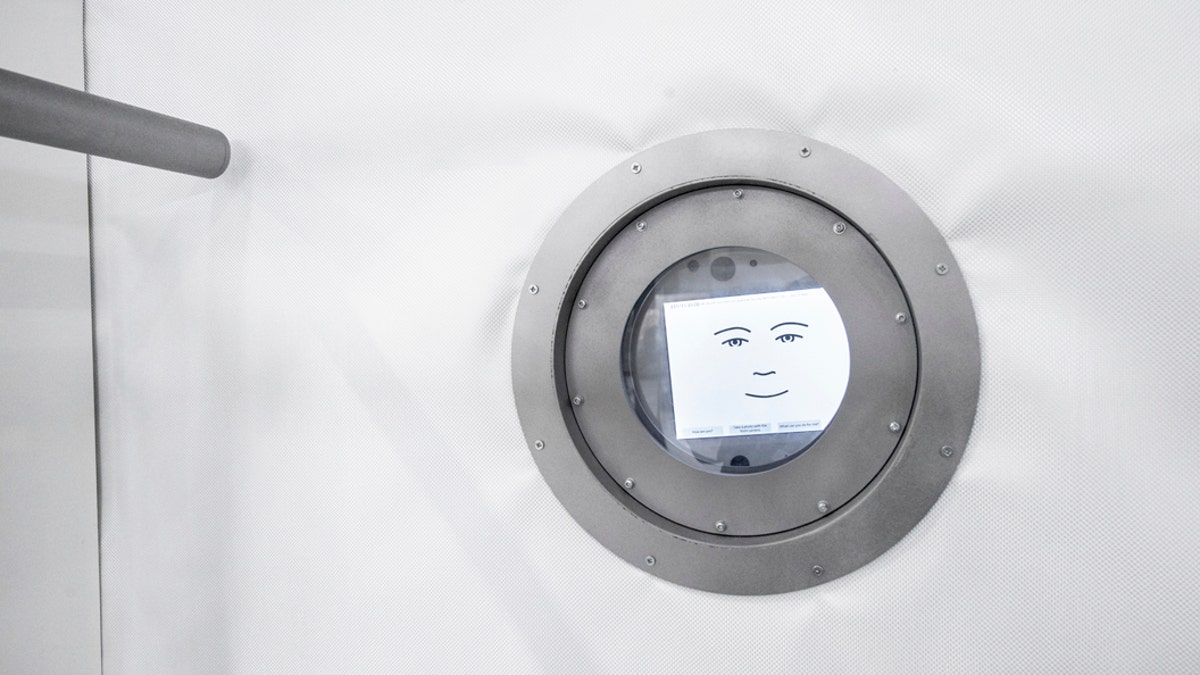Fox News Flash top headlines for Dec. 6
Fox News Flash top headlines for Dec. 6 are here. Check out what's clicking on Foxnews.com
Despite the fact the original CIMON went rogue and stopped taking orders in 2018, a second robot with artificial intelligence, known as CIMON-2, is making its way towards the International Space Station.
CIMON-2 utilizes IBM's Watson system for its artificial intelligence, sporting some notable upgrades over the previous edition, including the ability to be “an empathetic companion" and evaluate emotions. It was developed by Airbus on behalf of German space agency DLR, with both funding the project.
"CIMON-2 includes more sensitive microphones, more robust computers, and IBM Watson Tone Analyzer technology, which uses linguistic analysis to detect emotion from the tone of a conversation," IBM wrote in a blog post. "As with the original CIMON, CIMON-2 will use a dozen internal rotors to maneuver weightlessly, nod or shake its head when listening, and follow an astronaut autonomously or on command."

(Credit: IBM)
Utilizing the Tone Analyzer, CIMON-2 could know if an astronaut had difficulty with a task and offer assistance or encouragement.
Initially, there were fears that CIMON (Crew Interactive Mobile Companion) could be HAL-9000 from "2001: A Space Odyssey." But IBM's Matthias Biniok said it was a successful mission, even if CIMON-1 ignored some requests from ESA astronaut Alexander Gerst.
"CIMON-1 had a very successful mission and the astronauts really liked working with him," Biniok, IBM project manager, Watson AI, said in an email to Fox News. "Of course, there were also some things that did not go as expected. For instance, CIMON was not switching to the 'crew mode' successfully at one point and continued listening to the crew. He tried to understand what the astronauts are conversing about and mapped this conversation to a question about lunch. This is no 'AI magic,' it's just a training error in the supervised machine learning algorithm."

(Credit: IBM)
"CIMON can only say things that were trained and he has no self-learning capabilities," Biniok added. "Thus, those fears are only derived from science fiction movies and CIMON's actions are always explainable." CIMON-1 reached the International Space Station last summer.
WHAT COULD GO WRONG? IBM SENDING REAL-LIFE HAL ROBOT TO INTERNATIONAL SPACE STATION
Similar in shape to CIMON-1 with a spherical shape, slight smile and ability to move around the ISS, CIMON-2 is intended to be on the floating laboratory "for up to three years," Biniok noted. Beyond that, CIMON-2 could help with putting AI into the cloud for future space flights, effectively giving astronauts almost unlimited knowledge and data.

(Credit: IBM)
"On a journey to the Moon or Mars, the crew would be able to rely on an AI-based assistance service, without a permanent data link to Earth,” Christian Karrasch, CIMON project manager with DLR, added in the blog post.
CIMON-2 lifted off on SpaceX's Dragon cargo capsule on Dec. 5. from Cape Canaveral, Fla.





















